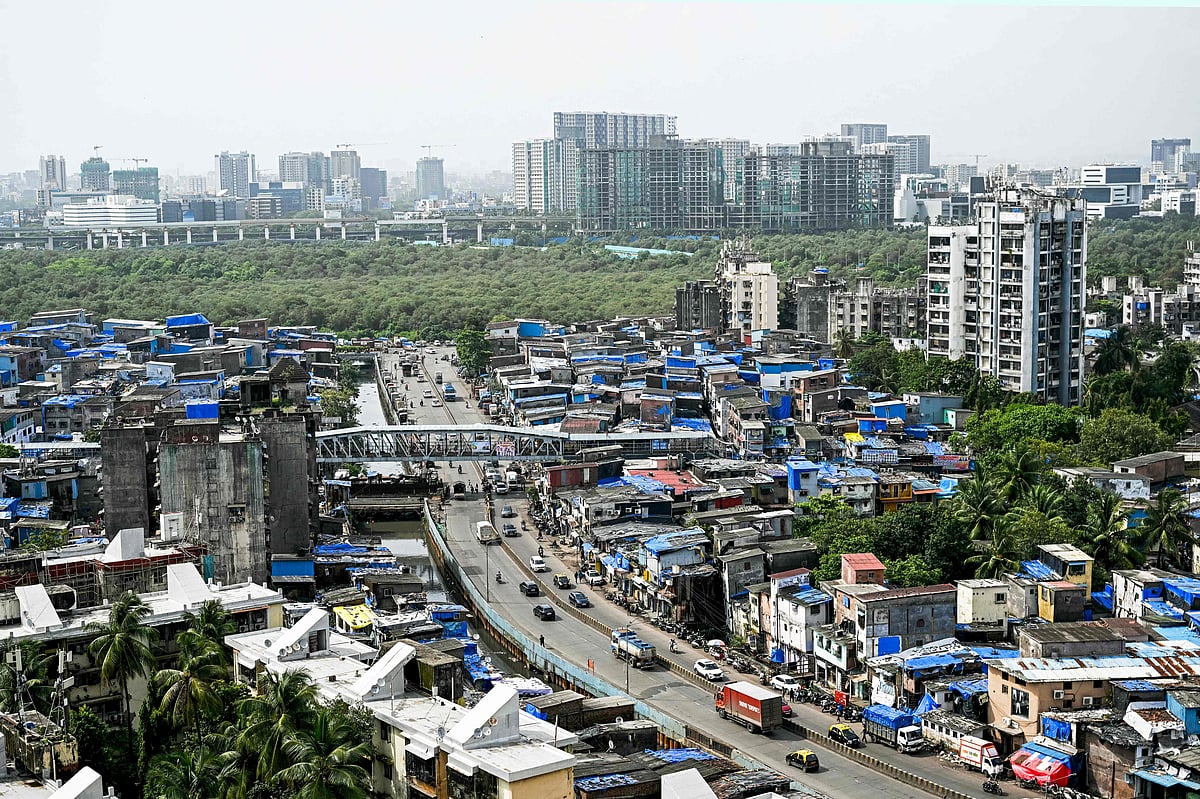Asia’s largest slum in Mumbai to undergo $8b makeover
Planned as a ‘city within a city’, with new roads, green zones and modern facilities

Dubai: Mumbai’s sprawling slum Dharavi — often dubbed Asia’s largest — is now being pitched as a development opportunity. Bulldozers are expected to soon roar through its winding alleys, flattening makeshift homes to make way for a sweeping $8 billion redevelopment.
Under the plan, residents who occupied homes before 2000 would receive free housing, while those arriving between 2000 and 2011 could purchase at subsidised rates. Later arrivals, however, would be forced to find homes elsewhere. (The catch: relief only extends to ground-floor home-owners — many dwell in upper floors added informally, making them ineligible.
Officials describe the effort as a “city within a city,” promising new roads, green spaces, and upgraded infrastructure right in the heart of Dharavi. Local businesses and workshops would be retained — but their operations would be subject to tight regulation. ( “We want to get out of the slums… but we do not want them to push us out of Dharavi,” says Ullesh Gajakosh, a leader of the “Save Dharavi” campaign.
The redevelopment is being driven by Navbharat Mega Developers (formerly DRPPL), a joint venture between the Maharashtra government and Adani Realty. Legal challenges have dogged the project — notably a bid protest by a Dubai-based firm that the Bombay High Court dismissed. In March 2025, India’s Supreme Court asked Adani to respond to allegations of unfair advantage in winning the Dharavi contract.
As bulldozers prepare to roll in, the plan is hailed by some as a long-overdue upgrade for a crowded settlement. But critics warn that without strong protections, the move risks uprooting hundreds of thousands who have called Dharavi their home for decades.
With inputs from AFP
Network Links
GN StoreDownload our app
© Al Nisr Publishing LLC 2025. All rights reserved.